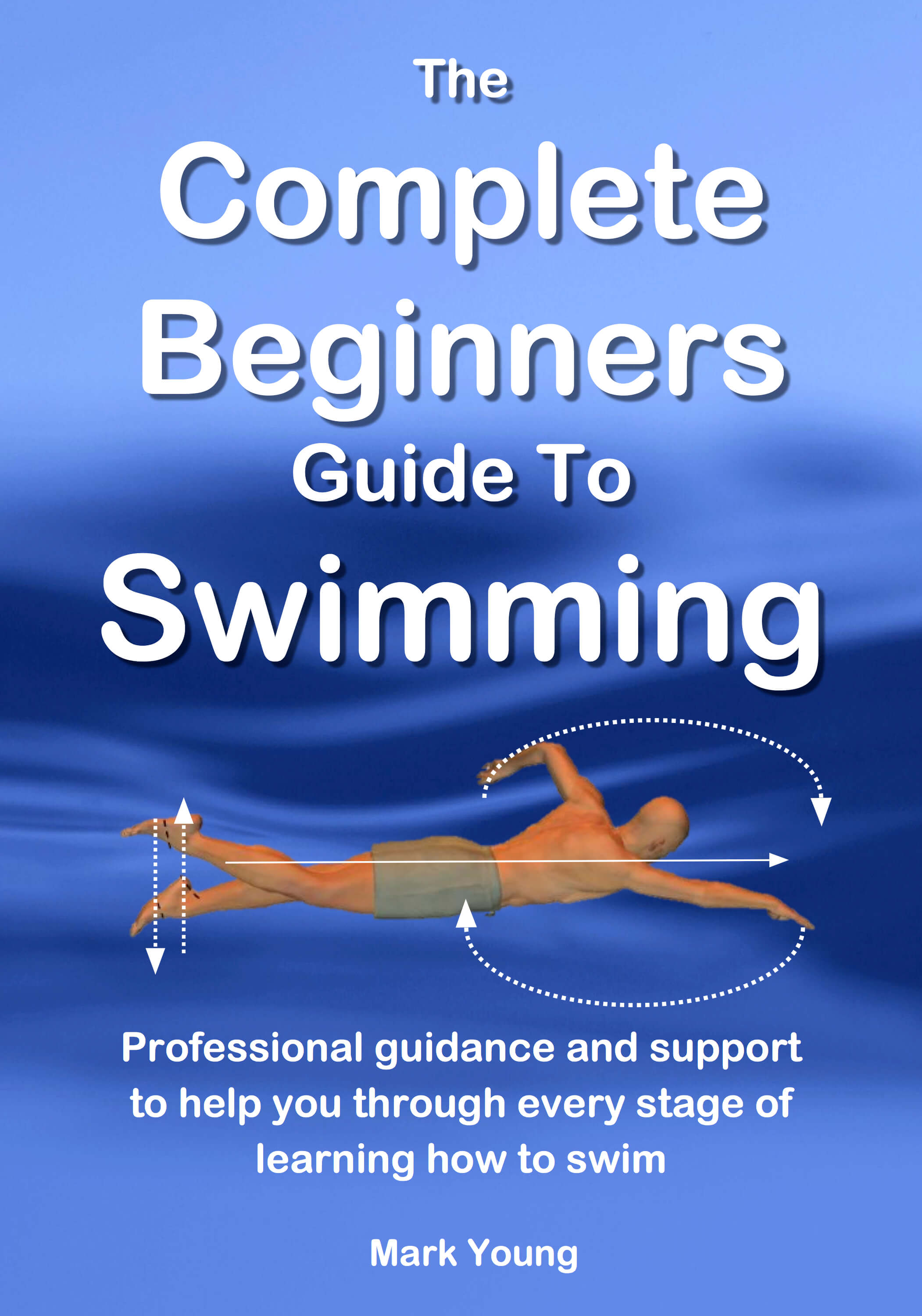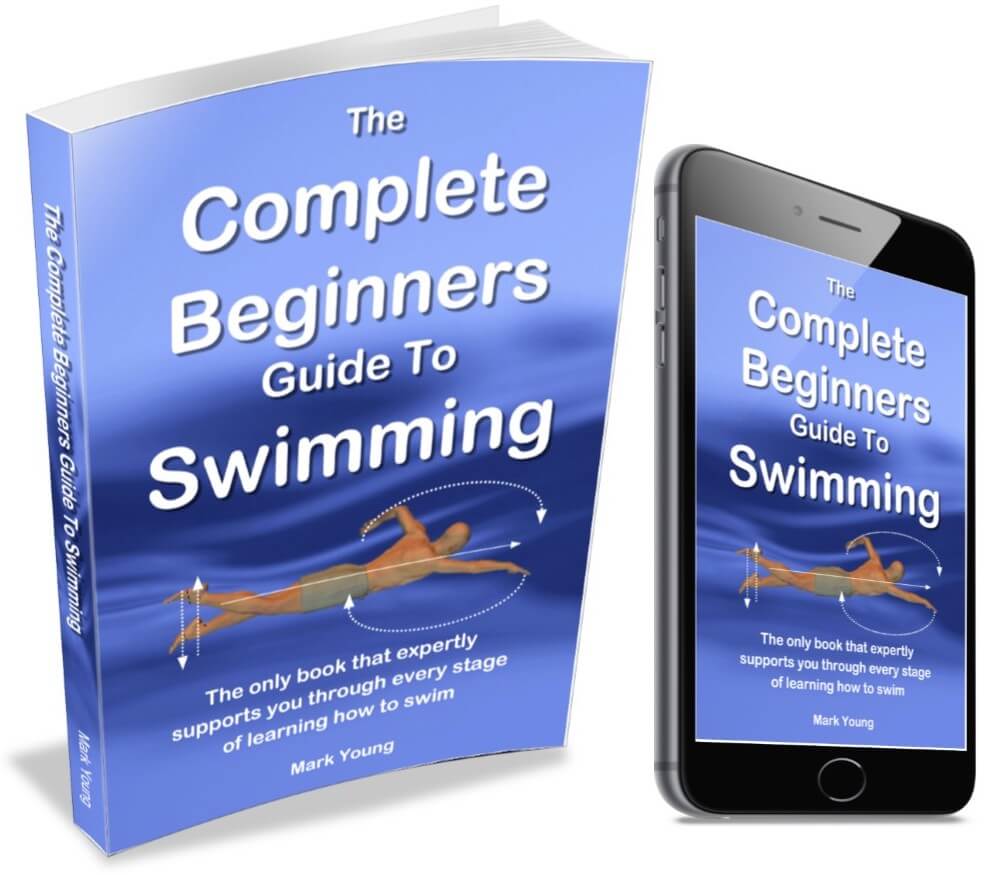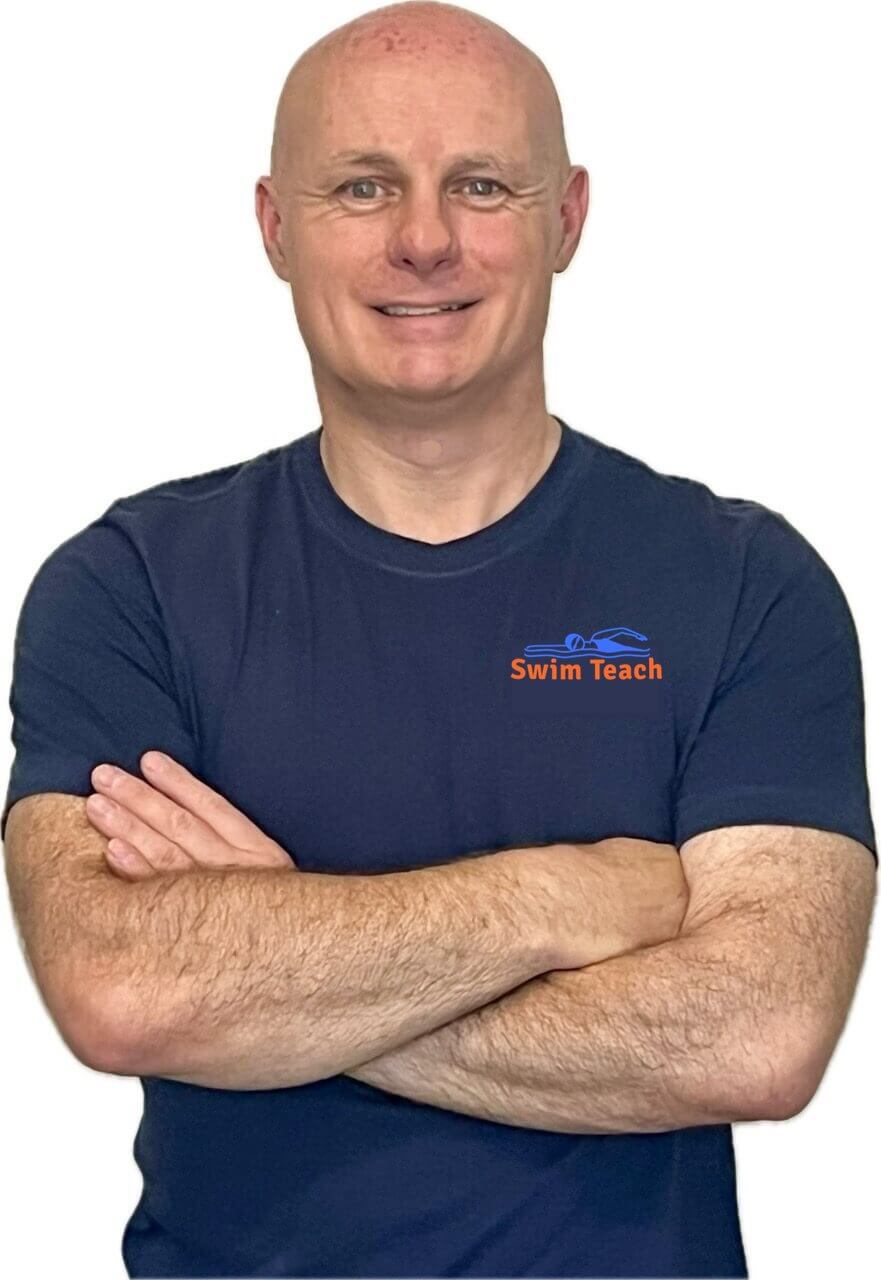- Swim Teach Home
- tips for beginners
- How to Relax While Swimming
How To Relax While Swimming
Learning how to relax while swimming and remain calm and in-control in the water are vital components of learning how to swim. If you are one of those people that find aspects of learning how to swim like floating and breathing quite stressful, then you have come to the right place.
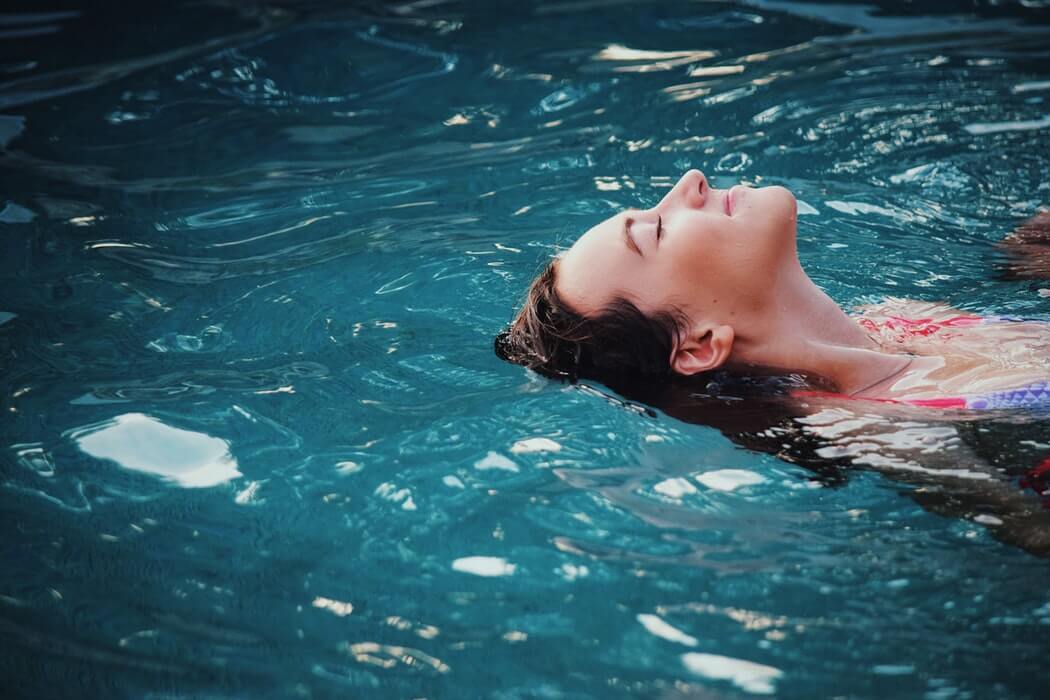
Being 'at one' with the water helps to ensure that everything we do in the water and when we swim is second nature and therefore not stressful.
What are the essential steps to relaxing while swimming?
- Learning how to breath hold and submerge
- Learn how to move through the water slowly
- Learn how to breathe regularly
How can going underwater help you relax when swimming?
Submerging completely under the water is a great way to learn how to relax. Grab a pair of swim goggles, put them on your eyes, take a deep breath and down you go.
What do you see? Everything very clearly, so you have a very clear perception of where you are and what you are doing.
What can you hear? Not much if anything. All is peaceful and quiet.
Now try slowly moving about. Notice how gracefully you can move, almost like moving around on the moon without gravity. That is the water trying to support and lift you.
Obviously you can only do this for as long as you can hold your breath, but the more you do it, the more you get a feel for how your body behaves in the water. As you get more of a feel for the water you will start to get an idea of your level of buoyancy. This means you can gradually work out how much or how little movement is required from your arms and legs to keep you at or near the water surface.
You don't actually have to do any swimming when you do this. Just go underwater and experiment. Play around. Get a feel for the water and eventually you will learn how to relax while swimming as you become more comfortable in your surroundings.
Click here for more about how to submerge and go underwater.
The Complete Beginners Guide To Swimming
Professional guidance and support to help you through every stage of learning how to swim.
Discover everything you need from first entering the pool and building confidence to floating and breathing. Plus, 82 exercises to master the four basic swimming strokes.(click here for an instant preview)
Don't miss out! Click here to get your copy of my book!
Why is moving slowly in the water key to staying relaxed?
There is a common misconception in beginners learning how to swim, that the harder we kick, pull or paddle then the better our chances are of remaining at the water surface and actually swimming some distance.
This is not true.
Quite often the harder we kick, pull or paddle the less we move through the water and eventually we begin to sink.
The first rule of relaxing when we swim is to move slowly. Now you are thinking 'but if I move slowly I will sink'..? That is partly true, but if you move slowly you get a feel for the water and then begin to relax when swimming.
You must learn to 'feel' your way through the water and not 'fight' your way through it.
Get the concept into your head that the water is trying to support and hold you up. Beginners learning how to swim often think that the water is something that is trying to pull them down and that they have to fight to stay on top. This is particularly common in people that may have a fear of water or fear of swimming.
Water does not behave like that. Even those of us who do not float naturally and tend to sink, we sink very slowly and gradually. By moving our arms and legs in some kind of swimming manner, we are simply doing our bit to help the water to support us.
How does breathing ahead of time keep you calm in the pool?
Breathing regularly when we swim helps to keep us relaxed and calm.
It is very common to either hold our breath or exhale in the water, but do it to the point of exhaustion. The result being a frantic and panic stricken gasp for breath before submerging the face and repeating the pattern again.
So, breathe long before you need to. Don't wait for your breath to completely run out. Take a new breath at a point that is comfortable and easy to do. You wouldn't breathe out to the point of exhaustion when running or cycling, so why do it when you swim?
How can you apply these techniques and truly relax when swimming?
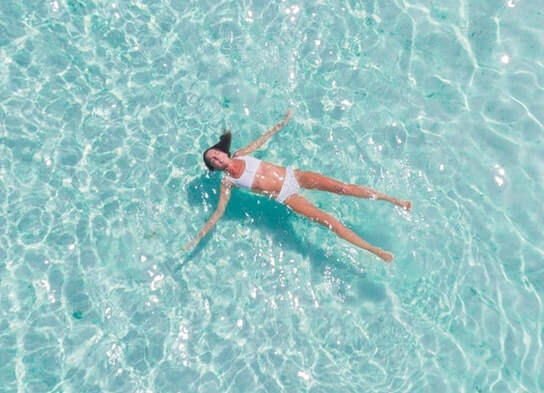
So you have become used to submerging underwater, you can move around with slow, gentle movements and you can breathe at comfortable moments when you need to. Everything you do in the water is now more relaxed. Your body is more relaxed.
Now apply these concepts and practices to your swimming technique and swim with a relaxed smooth stroke. You may be pleasantly surprised to find you can relax when swimming and do not sink anymore.
Frequently Asked Questions
How do I stop tensing up as soon as I get into the pool?
Start with short water-acclimation sets: face in, gentle exhale, slow stand-up. Repeat 3–5 times, then add easy floating before any strokes.
What breathing pattern helps me stay calm in the water?
Exhale slowly and continuously when your face is in the water, then take a relaxed, quick inhale when you turn or lift to breathe.
Why does swimming slowly help me relax?
Lower speed reduces drag, effort and heart rate - giving you more time to organise body position, balance and breathing rhythm.
How can I float more easily without panicking?
Think “long and light”: look down, lengthen through the spine, soften the knees and keep lungs full to improve buoyancy and balance.
What simple drills reduce anxiety for beginners?
Try star floats, wall sculling, sink-downs with slow bubbles, and 6–1–6 kick-and-glide. Keep reps short with full recovery.
How do I relax my kick so I don’t get exhausted?
Kick from the hips with soft ankles and a small amplitude. Aim for rhythm, not power—let buoyant legs “flutter” behind you.
What should I focus on first: breathing, body position or arms?
Sequence it: body balance first, then easy breathing rhythm, then light arm actions. Stable balance makes breathing and strokes easier.
How can a teacher help a nervous swimmer relax?
Use simple cues, short wins and predictable progressions. Demonstrate, assist gently, and celebrate calm breathing over distance.
Is there a warm-up that promotes relaxation?
2–3 minutes of box breathing poolside, then 3 rounds of submerge–exhale–stand. Add 2–3 easy lengths of kick with a float.
How long does it take to feel genuinely relaxed in the water?
It varies, but most beginners feel a clear change within 2–4 sessions of focused buoyancy, breathing and slow movement drills.
Need some extra help learning how to relax while swimming?
Look no further. The Complete Beginners Guide To Swimming is here to hold you hand and give you the support you need. Breath holding, gliding, floating and sinking - it's all in there!
Click below to download a copy to your computer, tablet or mobile device. Or, click here for more details.
I am a member of the Amazon Associates Program and I will earn a commission from qualifying purchases at no extra cost to you.
